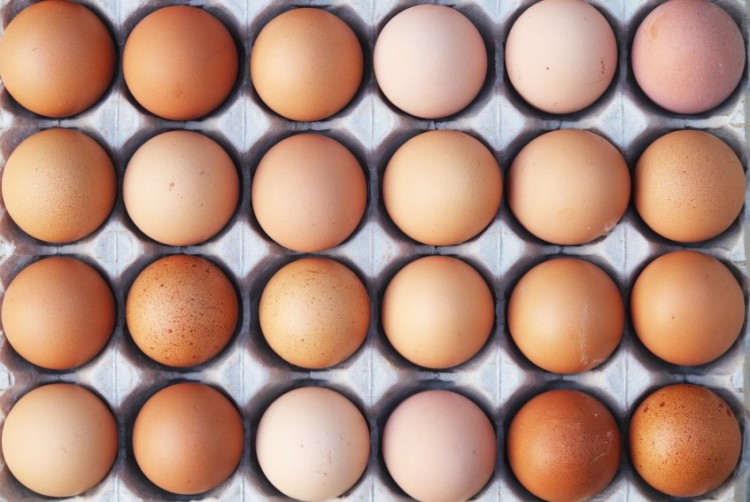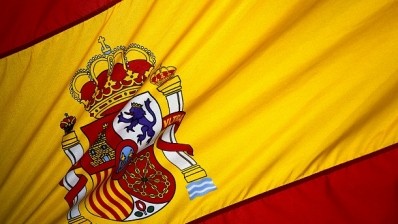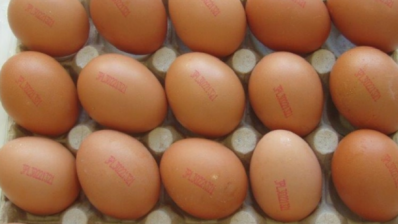New cases in EU-wide Salmonella outbreak linked to eggs

Six EU Member States (Belgium, France, Italy, Norway, Sweden and the UK) have 50 confirmed and 12 probable new cases.
The UK has reported 47 of the 63 outbreak cases since March.
Dutch authorities said at the start of the year that it appeared to be over and EU agencies said in March that cases were subsiding.
Contaminated infection vehicle could still be on market
The European Centre for Disease Prevention and Control (ECDC) said the re-emergence of cases infected with the outbreak strains means a vehicle contaminated with a persistent, still unidentified source could still be in circulation.
From May 2016 to 26 June 2017, 14 EU countries had 280 confirmed and 257 probable cases.
The outbreak peaked in the last week of September 2016 when around 60 cases were reported.
From 2012 to 31 March 2016, 107 historical confirmed and 24 probable cases were also reported.
Croatia recorded the death of a five year old child and Hungary also noted a fatal case.
Fourteen countries have been affected: Croatia, Denmark, Finland, France, Greece, Italy, Luxembourg, Slovenia, Belgium, Hungary, the Netherlands, Norway, Sweden and the UK.
The outbreak investigation identified eggs from three Polish packing centres as the vehicle of infection.
Following control measures in Poland in November 2016, new outbreak cases decreased.
Fermy Drobiu Woźniak (Wozniak Poultry Farms) was named as the supplier of contaminated eggs by several national authorities.
However, the company previously told us that testing by an accredited laboratory did not show Salmonella in eggs.
New cases linked to outbreak
Since March, the number of newly reported cases has increased: 63 outbreak cases, 53 confirmed and 10 probable.
The isolates from the confirmed cases belonged to both whole genome sequencing clusters associated with the outbreak.
Confirmed cases with a travel history to Portugal have only been seen since mid-April 2017.
ECDC said it was plausible that Portugal, which had not reported outbreak cases so far, has only recently been affected by the outbreak.
The agency is monitoring associated human cases and supports sequencing services for countries reporting probable cases with isolates linked to MLVA profile 2-9-7-3-2 or 2-9-7-3-2.

























